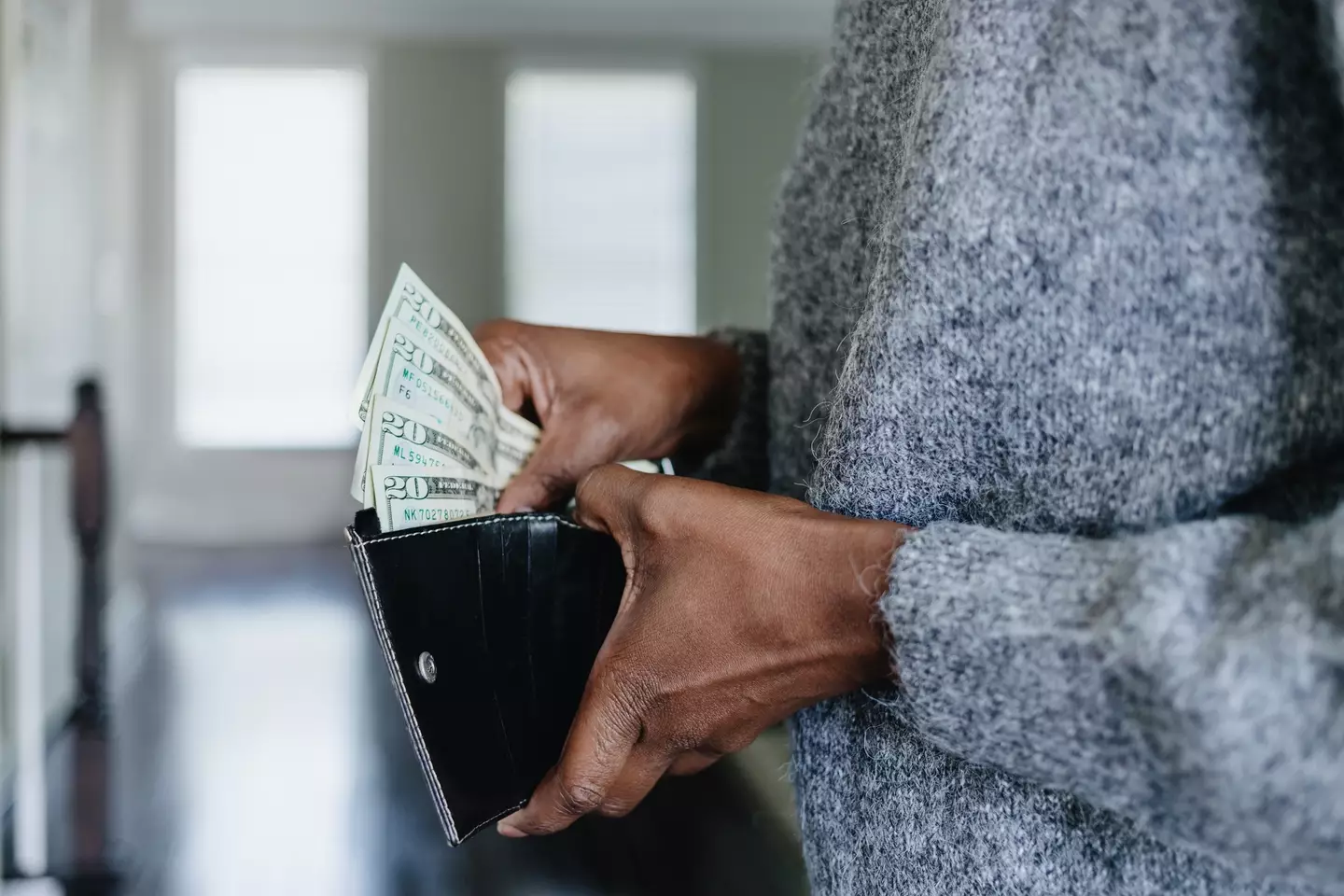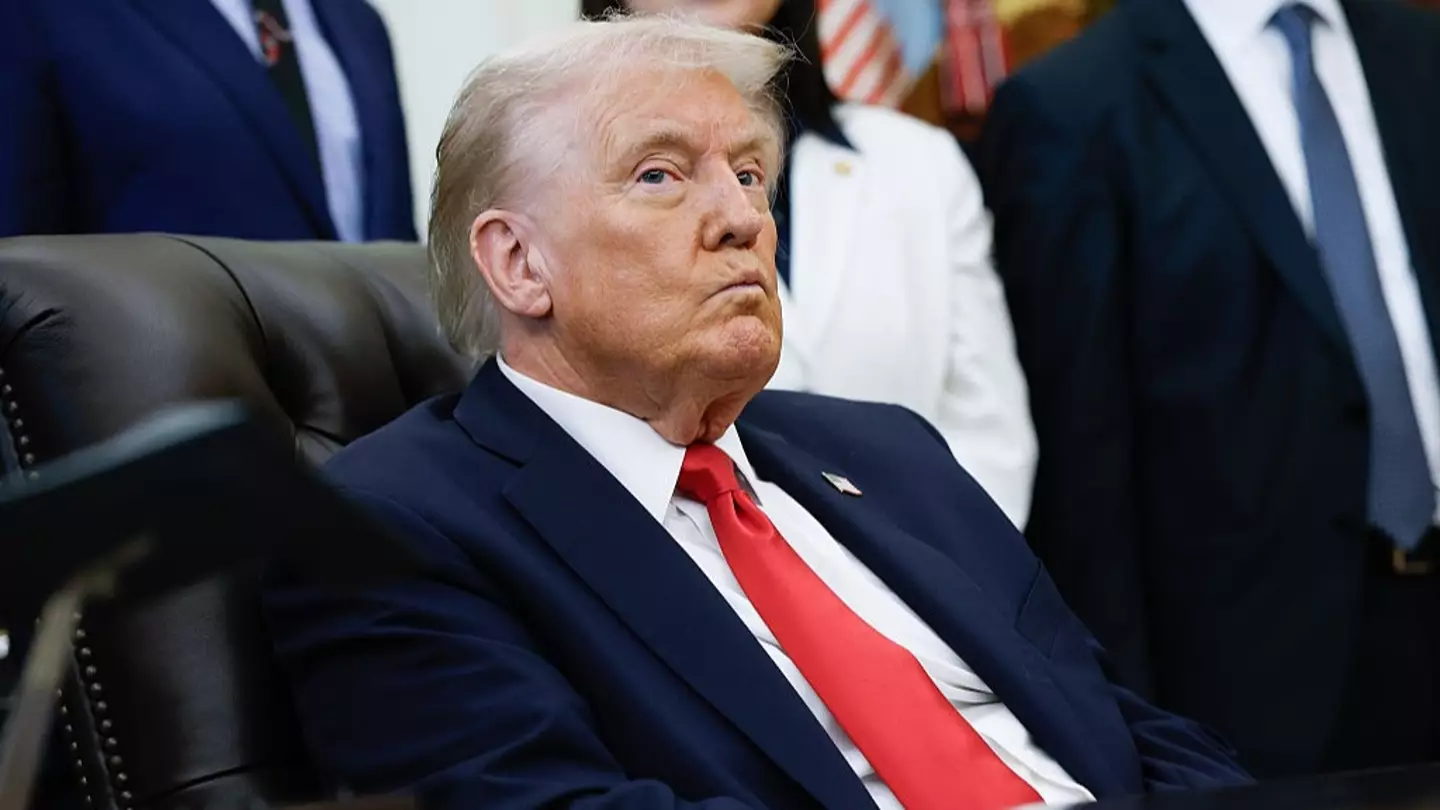With the implementation of Donald Trump’s debt relief plan, recent reports indicate that eliminating student loan debt could significantly enhance the US economy.
As President Trump’s administration resumes loan forgiveness plans that were previously halted, millions of borrowers are poised to have their debts forgiven.
This development follows prolonged legal disputes between the White House and the American Federation of Teachers, who initiated a lawsuit when the government ceased processing forgiveness applications.
After extensive negotiations, the AFT and the Department of Education came to an understanding on Friday (October 17), marking a significant milestone.
Borrowers who are eligible under the Income-Contingent Repayment (ICR) plan or the Pay as You Earn (PAYE) plan could soon see their debts forgiven.
It is estimated that over 2.5 million borrowers are part of either the ICR or PAYE plans. Eligibility extends to those in specific public service roles, including government employees, teachers, and workers for non-profit organizations.
Individuals can verify their eligibility for the renewed loan forgiveness plan by visiting the Federal Student Aid website.

This initiative emerges against the backdrop of US household debt reaching a remarkable $18.20 trillion in 2025, according to Debt.org.
Student loans ranked as the third-highest debt category, totaling $1.63 trillion. Auto loans occupied the second position at $1.64 million, while mortgages led with $12.8 trillion.
A report from the Roosevelt Institute in 2021 revealed that student loan borrowers aged 18 to 39 spent over 20 percent of their monthly income on loan repayments. Approximately 65 percent of them had less than $1,000 in their bank accounts, finding it challenging to cover long-term expenses and save money.
The report highlighted that by canceling student debt, funds would be freed up, allowing millions of borrowers to contribute more to the broader economy.
Short-term spending could rise by as much as four percent, potentially increasing GDP by up to $108 billion over a decade.
This newfound economic activity could also reduce the unemployment rate by as much as 0.36 percentage points.
Additionally, a surge in start-up businesses may occur, as previous research indicated that debt burdens resulted in an estimated two million fewer businesses being established between 2006 and 2015.

Although this analysis was conducted before the current plan, the same principle of freeing up funds for spending and investment remains relevant.
While these prospects may seem promising, the reality in 2025 could differ, given the ongoing struggles Americans face with the cost of living. Under the president’s new legislation, significant changes to major student loan repayment programs are underway.
Both ICR and PAYE will be phased out by July 2028, leaving Income-Based Repayment (IBR) as the primary forgiveness option, now with expanded access for borrowers.
As a result, while many current borrowers may find relief, others face an uncertain future and potentially longer waits to qualify for forgiveness.

